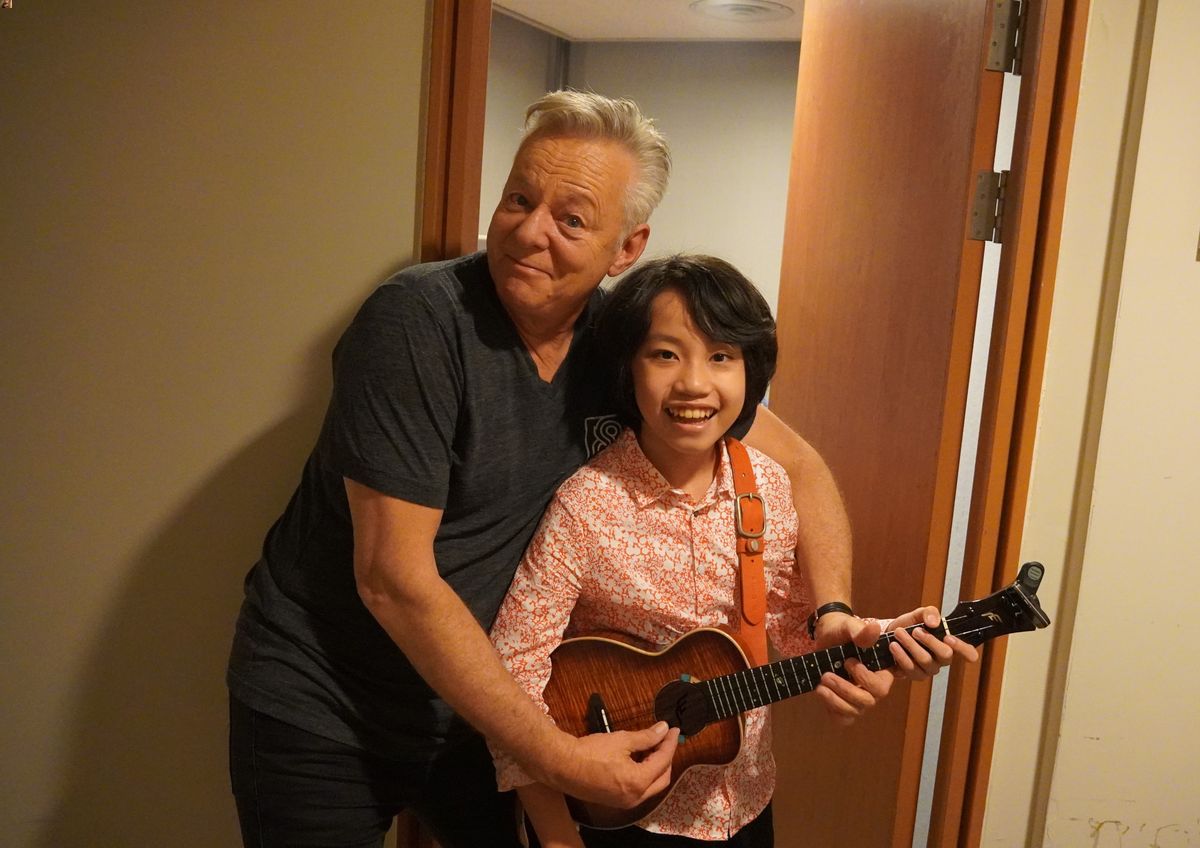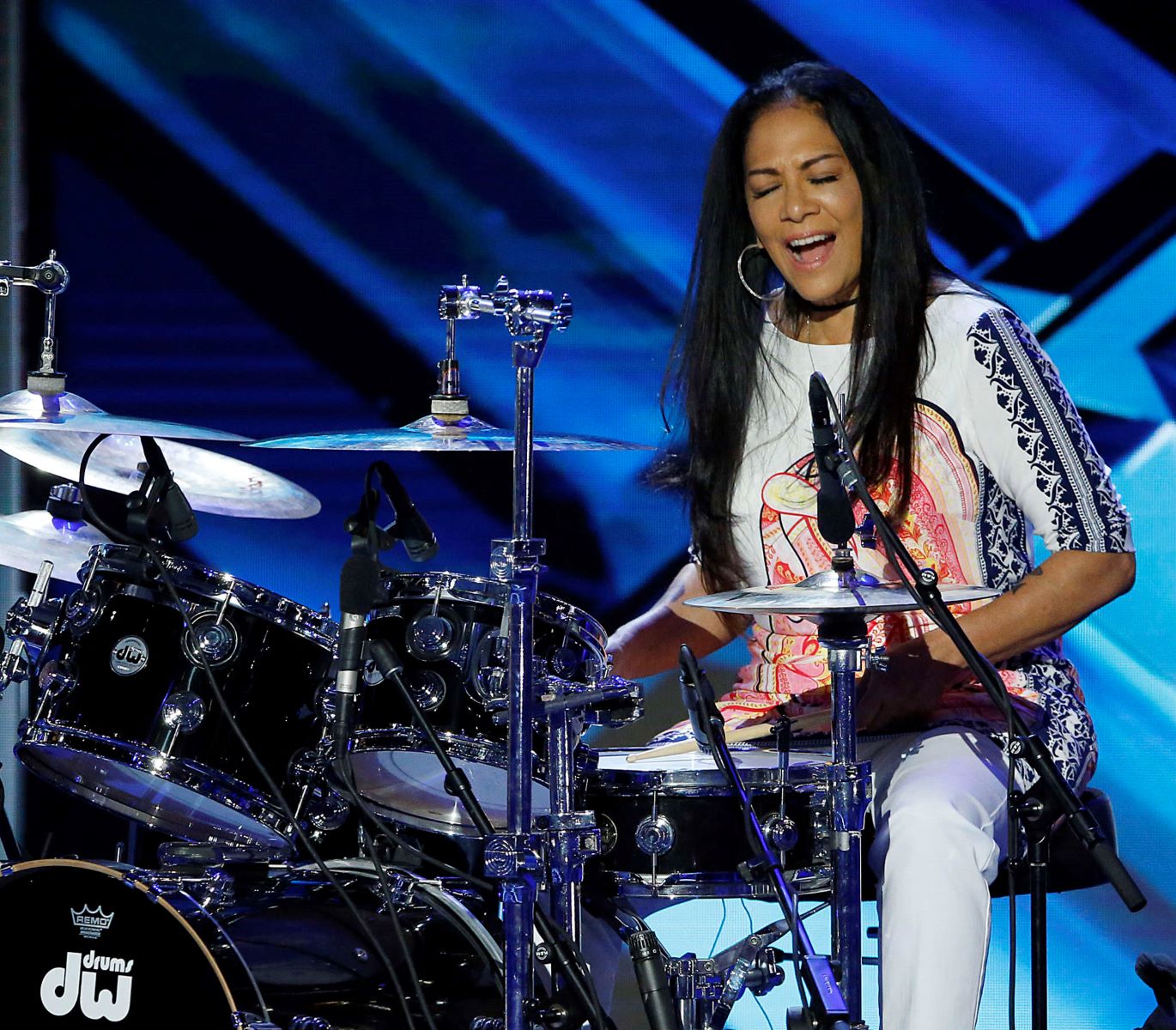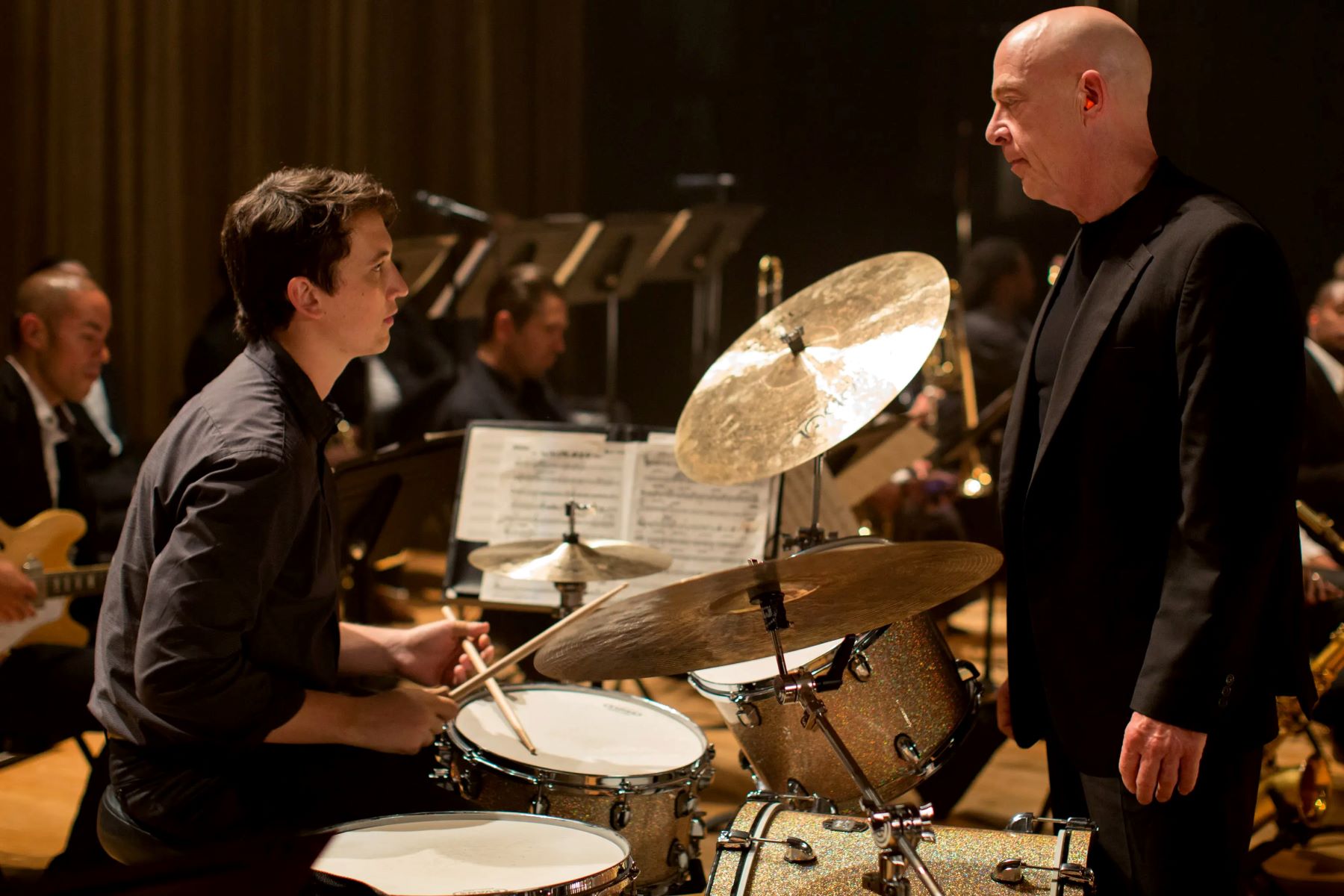

Classical
Who Played Classical Gas
Published: November 1, 2023
Discover the brilliant musicians who played Classical Gas, the iconic classical guitar piece. From Mason Williams to Tommy Emmanuel, explore the journey of this timeless composition.
(Many of the links in this article redirect to a specific reviewed product. Your purchase of these products through affiliate links helps to generate commission for AudioLover.com, at no extra cost. Learn more)
Table of Contents
Introduction
Classical music has the power to transcend time and captivate audiences with its timeless melodies and intricate compositions. However, there are instances when classical music meets modern sensibilities, resulting in a unique fusion that appeals to a wider audience. One such instance is the iconic instrumental piece known as “Classical Gas.”
“Classical Gas” burst onto the music scene in the late 1960s, captivating listeners with its energetic guitar riffs and captivating melodies. It quickly became a popular hit and has since solidified its place in music history. This article will delve into the fascinating origins of “Classical Gas,” explore the talent behind its composition, and highlight notable artists who have played this beloved piece.
Whether you’re a classical music enthusiast, a guitar aficionado, or simply someone who appreciates the beauty of music, join us on a journey to uncover the story behind “Classical Gas” and its enduring impact on popular culture.
The Origin of “Classical Gas”
The story of “Classical Gas” begins with its brilliant composer, Mason Williams. In the mid-1960s, Williams was an accomplished guitarist, comedian, and writer who had gained recognition for his work on “The Smothers Brothers Comedy Hour.” It was during this time that he started exploring instrumental music and sought to create a piece that combined classical elements with contemporary flare.
The name “Classical Gas” itself is a play on words, as it blends the classical genre with the slang term “gas,” which was commonly used in the 1960s to mean something exciting or impressive.
Williams composed “Classical Gas” as a guitar instrumental, infusing it with a unique blend of classical, folk, and rock influences. The composition features intricate fingerpicking patterns, dynamic tempo changes, and a captivating melody that showcases Williams’ virtuosity on the guitar.
Originally recorded in 1968, “Classical Gas” was released as a single and instantly caught the attention of music enthusiasts. Its playful yet sophisticated sound was unlike anything heard before, and the piece quickly climbed the charts, eventually peaking at number two on the Billboard Hot 100.
The success of “Classical Gas” not only solidified Mason Williams’ place as a talented composer but also brought classical-influenced music to the mainstream audience. The piece resonated with listeners across different genres, transcending traditional boundaries and becoming a timeless classic.
It is worth noting that “Classical Gas” also gained popularity through its association with visual media. The piece was featured in a ground-breaking animated short film by animator Dan McLaughlin, which showcased Williams’ guitar skills alongside a captivating animated sequence. This partnership of music and animation further propelled the popularity of “Classical Gas” and solidified its status as a cultural phenomenon.
Now that we have explored the origins of “Classical Gas,” let’s turn our attention to the talented composer behind this iconic piece.
The Composer of “Classical Gas”
The brilliant mind behind the composition of “Classical Gas” is none other than Mason Williams. Born on August 24, 1938, in Abilene, Texas, Williams displayed his artistic talent from a young age. His passion for music led him to learn various instruments, including the guitar, which would become his primary instrument of choice.
Williams’ career took off in the 1960s when he joined “The Smothers Brothers Comedy Hour” as a writer, where he showcased his comedic skills and knack for composing music. It was during his time on the show that Williams had the opportunity to bring his musical vision to life and create something truly unique.
With “Classical Gas,” Williams aimed to demonstrate the versatility and emotional depth that could be achieved through the guitar. He meticulously crafted the piece, blending classical techniques, such as intricate fingerpicking patterns, with contemporary musical elements, resulting in a composition that defied categorization.
Williams’ talent as a guitarist shines through in “Classical Gas,” with his virtuosic performance captivating listeners from the very first note. His ability to seamlessly transition between different tempos and evoke a range of emotions within the piece is a testament to his musical prowess.
Beyond his success with “Classical Gas,” Mason Williams continued to make significant contributions to the world of music. He released several albums, composed numerous instrumental pieces, and even won a Grammy Award for Best Instrumental Composition in 1969. His unique blend of musicality, creativity, and humor has made him a respected figure in the industry.
While “Classical Gas” remains Williams’ most well-known and beloved composition, his influence extends far beyond this single piece. Williams’s contributions to music and culture continue to inspire musicians and artists to this day, leaving an indelible mark on the world of music.
Now that we have explored the composer behind “Classical Gas,” let’s dive into the list of notable artists who have performed this iconic piece.
Notable Artists Who Played “Classical Gas”
“Classical Gas” has become one of those rare compositions that resonates with musicians across various genres and generations. Its catchy melody and intricate guitar work have inspired numerous artists to interpret and perform the piece in their own unique styles. Let’s take a look at some notable artists who have played “Classical Gas” and left their mark on this iconic composition.
- Tommy Emmanuel: Widely regarded as one of the greatest acoustic guitarists of our time, Tommy Emmanuel has performed “Classical Gas” to captivated audiences around the world. His impeccable fingerpicking technique and energetic rendition of the piece showcase his virtuosity and deep appreciation for the music.
- Eric Clapton: The legendary blues-rock guitarist Eric Clapton, known for his soulful playing and emotive solos, has also taken on “Classical Gas” in live performances. Clapton’s interpretation adds his own bluesy touch to the composition, creating a unique fusion of styles.
- Mason Williams himself: Of course, we cannot overlook the composer himself. Mason Williams’ performances of “Classical Gas” continue to captivate audiences, as he brings his own distinctive flair and personal connection to the piece. Witnessing him perform his own composition is truly a special experience.
- Andy McKee: Andy McKee, a master of fingerstyle guitar playing, has gained widespread recognition for his interpretation of “Classical Gas.” His intricate and percussive playing technique adds a new dimension to the composition, showcasing the versatility of the guitar.
- Vanessa Mae: The renowned classical violinist Vanessa Mae has also embraced “Classical Gas” and incorporated it into her repertoire. Her electrifying performance on the violin breathes new life into the composition, highlighting the flexibility and adaptability of the piece across different instruments.
These are just a few examples of the many talented artists who have celebrated the beauty of “Classical Gas” through their interpretations. Each musician brings their own unique style and interpretation to the composition, allowing the piece to evolve and resonate with audiences in different ways.
The legacy of “Classical Gas” continues to thrive as new generations of musicians are inspired by its timeless appeal. It stands as a testament to the power of music to transcend boundaries and capture the imagination of artists and listeners alike.
Now that we have explored the notable artists who have performed “Classical Gas,” let us delve into the legacy of this iconic composition.
The Legacy of “Classical Gas”
“Classical Gas” has left an indelible mark on the music industry, earning its place as an iconic and influential composition. Its lasting legacy can be seen in several aspects, from its cultural impact to its enduring popularity among musicians and listeners alike.
First and foremost, “Classical Gas” helped bridge the gap between classical music and popular culture. At the time of its release, classical music was often associated with a more traditional and formal audience. However, “Classical Gas” introduced a fresh and exciting approach to classical-inspired music, appealing to a wider spectrum of listeners who may not have been exposed to classical compositions before.
The success and popularity of “Classical Gas” also opened doors for instrumental music on mainstream radio, breaking the stereotype that hit songs had to feature lyrics and vocals. Its instrumental nature allowed listeners to appreciate the emotive power of music without the need for lyrics, showcasing the immense potential of instrumental compositions in popular music.
Furthermore, “Classical Gas” has stood the test of time, remaining a beloved and recognized piece decades after its initial release. Its catchy melody and intricate guitar work continue to captivate listeners of all ages, making it a timeless classic that transcends generations. The enduring popularity of “Classical Gas” speaks to its universal appeal and the ability of music to connect people across time and cultures.
In addition to its impact on the music industry, “Classical Gas” has become a staple in popular culture. The composition has been featured in various films, television shows, and commercials, further solidifying its presence in the collective consciousness. Its distinctive melody is instantly recognizable and has become synonymous with themes of creativity, energy, and artistic expression.
Moreover, the success of “Classical Gas” propelled Mason Williams to new heights in his career. As the composer of such a groundbreaking and influential piece, Williams’s musical prowess and creativity have been celebrated and recognized. His contribution to the world of music continues to inspire aspiring musicians and composers, leaving an indelible legacy.
Overall, the legacy of “Classical Gas” lies in its ability to transcend genres, bridge musical divides, and captivate audiences with its timeless melodies. It has become a symbol of innovation, creativity, and the power of music to evoke emotions and transcend boundaries.
As we conclude our exploration of the legacy of “Classical Gas,” we can appreciate the lasting impact this iconic composition has had on the music industry and its enduring place in the hearts of music enthusiasts worldwide.
Conclusion
The iconic instrumental piece, “Classical Gas,” has carved a unique place in the world of music. Its fusion of classical elements with contemporary flair captured the hearts and ears of listeners, solidifying its status as a timeless classic. Mason Williams, the brilliant composer behind this composition, broke boundaries and blurred genre lines, bringing classical-influenced music to a wider audience.
The legacy of “Classical Gas” extends beyond its original release, as notable artists from different genres have embraced and interpreted the piece in their own distinctive styles. From Tommy Emmanuel’s acoustic brilliance to Eric Clapton’s soulful bluesy rendition, each artist has added their own flavor to the composition, showcasing its adaptability and enduring appeal.
While Mason Williams’ composition remains the definitive version of “Classical Gas,” the performance highlights and interpretations by these talented musicians only serve to further enhance its status as a musical masterpiece.
The enduring popularity of “Classical Gas” and its inclusion in popular culture have cemented its place in the hearts and minds of music enthusiasts worldwide. Whether it’s being played on the guitar, violin, or embraced in various forms of media, its captivating melody continues to captivate and inspire listeners across generations.
The legacy of “Classical Gas” lies in its ability to transcend boundaries, blur genres, and bridge the gap between classical and contemporary music. It symbolizes the power of music to evoke emotions and connect people, reminding us of the timeless nature of artistic expression.
As we reflect on the impact and legacy of “Classical Gas,” we are reminded of the innate human need for creativity, innovation, and the desire to push the boundaries of what is possible. In the world of music, “Classical Gas” remains a shining example of the fusion between tradition and modernity, where classical and contemporary music intertwine to create a masterpiece that will continue to inspire and delight audiences for years to come.
So, next time you hear those iconic guitar riffs and melodies of “Classical Gas,” take a moment to appreciate the genius behind its composition and the lasting impact it has had on the world of music.











